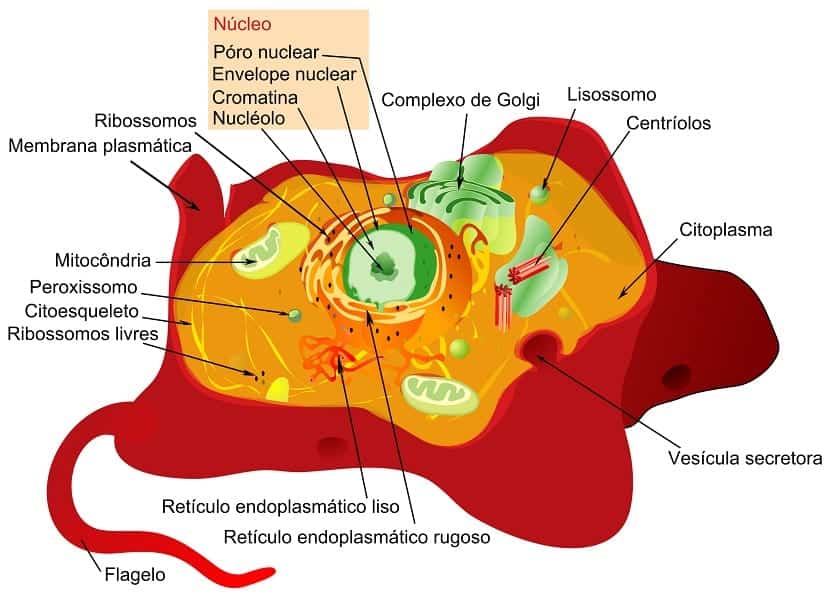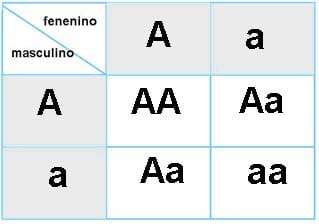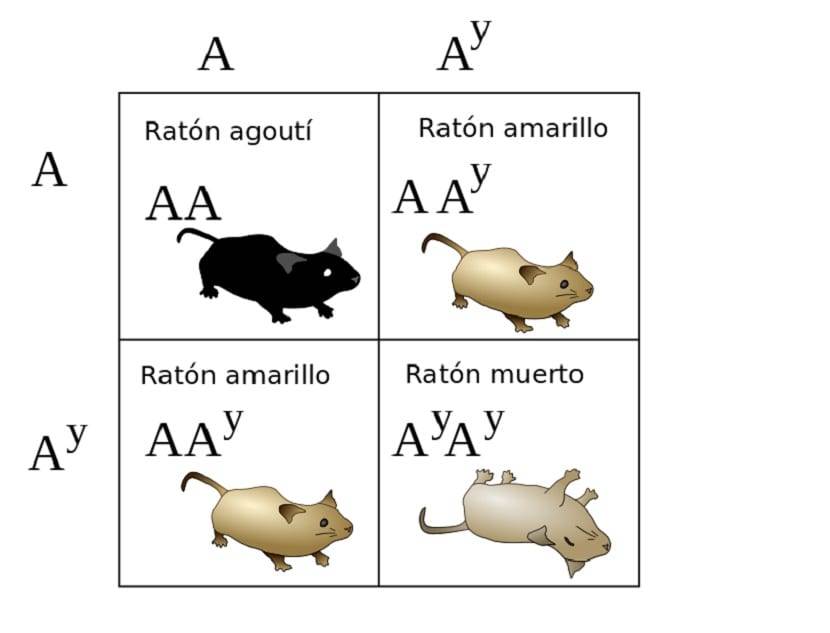
El punnett square It does not become a tool that any common person can use constantly in their life, being more than anything typical of the biologists and geneticists which is used to perform a mathematical calculation to recognize which are the possible combinations of alleles can produce a gamete and in this way to help recognize the proportions in the offspring. Its way of functioning, to be explained in a simple way, is presented in a scheme where the gametes with their own alleles of one parent are divided on one side, and on the other axis the gametes with the alleles of the second parent, that is, the maternal one. and the paternal. This is used to see the different combinations that can be created and the proportions they handle.
This painting bears the name of its creator, Reginald Crundall Punnett who was born in 1875 and was a renowned British geneticist, this painting being his greatest contribution to science since it is still used today to recognize the proportions of the genotype and the phenotype, although it is worth specifying that only the first of these two is shown.
What is the Punnett square
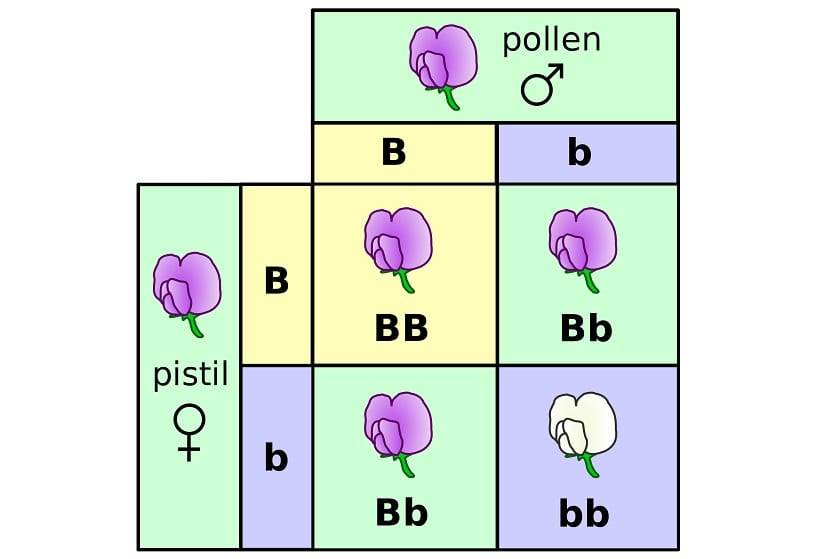
The Punnett square is a diagram that was designed by Reginald Punnett, hence its name. It is widely used in biology to know all the probabilities or combinations that can be produced in a gamete, in order to know more information about the offspring.
In the Punnett square all possible combinations will be observed between the dominant alleles (which will be written in capital letters) and the recessive ones (which appear in lower case). In this way, the possibilities for genotypes but not for phenotypes will be known. In other words, we can say that it is about knowing one of the basic principles of genetics. That is, examining the genes that are transmitted and the possibilities that children have of acquiring them.
How is it done?
First you must draw a large square and in turn, divide it into four smaller parts. When we have it we have to name two of the alleles that we are going to study. For example, we will use letters to name the gene. Remember that the dominant will be a capital letter and the other or recessive, a lowercase. You can write one letter for dark hair and another for light hair. Thus, we will know what the chances are that the children inherit one or another hair color.
Each parent has two genes for this trait. So, your genotype will be identified with two letters. (It is true that we will have to investigate it to know what they are)
- If you have two different alleles: Ff
- Two copies of dominant alleles: FF
- Two copies of recessive alleles: ff
So, in the first row of our table, we will place the genotype of one of the parents (F) and in the second row, the second allele (f). In the columns, we will place the genotypes of the other parent. Now we will have to make a series of pairs with each letter. These are the possibilities, joining both a row with its column. In the example, you will see it more clearly:
How to remove gametes in a Punnett square

As we have seen, it is not a complicated sequence to do. The square is divided into four other parts. The vertical and left column will be the one that represents the genotypes of the male gametes. Thus, the horizontal and upper row will be for women.
In this way, what we have already seen is that we must do the different combinations. It is about combining an allele, of the parent, with that of the other. It is a way of being able to see what all the possibilities are. But yes, we must remember that it is always about options or probabilities. It does not mean that it will be like this in future generations or in the offspring.
How to calculate genetic probabilities
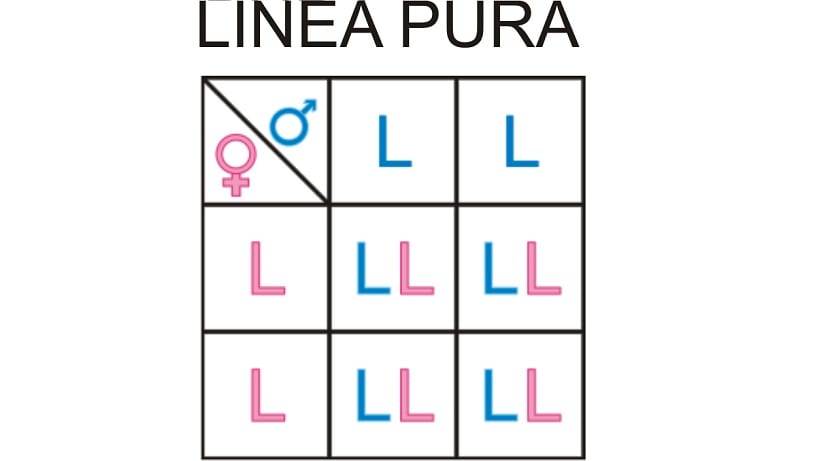
Given all these probabilities, we can say that there are four different ways in which the genes of the parents can be combined. These four have the same possibilities, that is, it is about 25% in each of them. Therefore, maybe one of those hundreds is for the descendant to have blonde hair.
Although there is also a 50% chance of this, since the child could inherit the dominant BB genotype. Not forgetting that again there is another 25% of the hair being dark in bb (recessive). Therefore, there are still more possibilities for blonde hair, since they are the ones that dominate when combining both forms.
Here are a couple of examples of Punnett squares:
